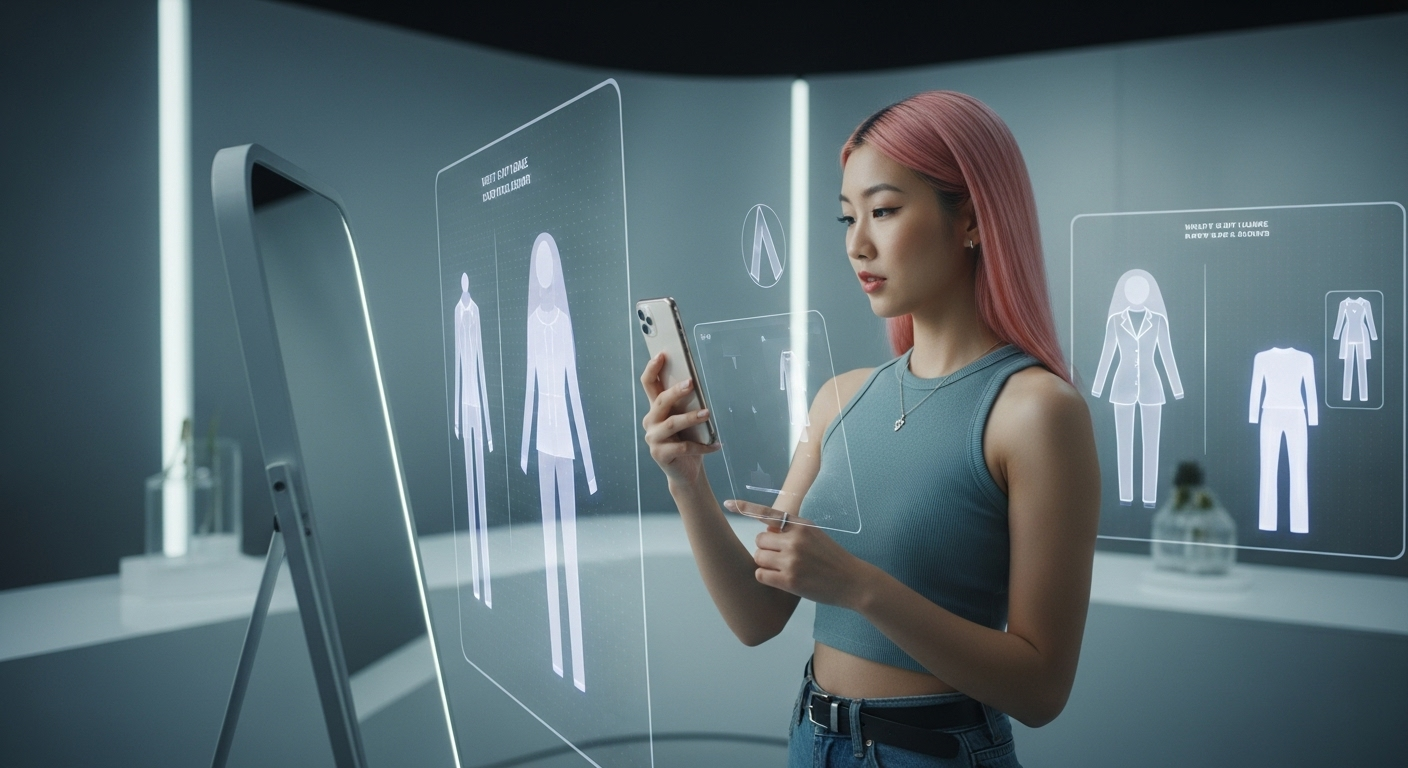A Bra That Fits: 2025 Trends
Finding a properly fitting bra has long been a challenge for many women, with studies suggesting that a significant percentage wear incorrect sizes. As we move into 2025, the lingerie industry is experiencing a transformation focused on fit, comfort, and personalization. New technologies, measurement innovations, and changing consumer priorities are reshaping how women shop for and experience underwear. The evolution toward better-fitting bras represents not just a fashion shift but a wellness movement centered on the understanding that proper support impacts daily comfort, posture, and confidence.

Why a Bra That Fits Is the Foundation of Comfort in 2025
The relationship between proper bra fit and overall comfort has gained significant recognition in recent years. In 2025, this connection has become central to how women approach underwear purchases. Properly fitted bras distribute weight evenly across the shoulders and back, reducing strain that can lead to posture problems and discomfort. Advancements in materials science have produced fabrics that adapt to body temperature and movement while maintaining support.
New ergonomic designs account for the fact that breast tissue and shape changes throughout the month and over time. Many brands now incorporate this understanding into their sizing systems, offering more nuanced fits that accommodate natural fluctuations. This physiological approach to fit represents a shift away from standardized sizing toward a more personalized understanding of comfort.
Innovations Helping Women Find the Perfect Fit with Ease
Technology has revolutionized the bra-fitting process in 2025. Virtual fitting rooms using augmented reality allow women to see how different styles would look and feel without physically trying them on. 3D body scanning technology, available both in stores and through smartphone apps, creates precise measurements that go beyond the traditional tape measure method.
AI-powered recommendation systems analyze thousands of data points about body shape, breast tissue distribution, and customer preferences to suggest ideal styles and sizes. These systems learn from feedback, becoming increasingly accurate over time. Some brands have introduced “smart fabrics” with embedded sensors that can provide real-time feedback about fit and support levels, helping women understand when adjustments might be needed.
Another significant innovation is the rise of made-to-measure lingerie services that create fully customized bras based on individual measurements. While once a luxury option, advances in manufacturing have made these services more accessible to average consumers.
The Rise of Fit-Focused Lingerie in Everyday Fashion
The boundaries between comfort-focused underwear and fashionable lingerie have blurred significantly in 2025. Designers have responded to consumer demand by creating stylish options that don’t compromise on fit. This shift reflects a broader cultural movement toward clothes that work with women’s bodies rather than requiring bodies to conform to clothing.
Adaptive design features like adjustable bands, customizable cup shapes, and variable strap positioning have become standard in many collections. The athleisure influence continues to shape everyday lingerie, with sports bra technology informing the design of daily wear items. Brands are increasingly offering extended size ranges that accommodate a wider variety of body types while maintaining aesthetic appeal.
Sustainability has also become intertwined with the fit-focused movement. Longer-lasting, well-fitting bras reduce the frequency of replacements, aligning with eco-conscious consumer values. This connection between proper fit and sustainability has pushed many brands to invest in higher-quality materials and construction methods.
Why Women Are Prioritizing Comfort and Correct Sizing
The wellness movement has expanded to encompass all aspects of women’s lives, including their underwear choices. Research linking improper bra fit to issues ranging from back pain to breathing restrictions has raised awareness about the health implications of ill-fitting undergarments. In 2025, women increasingly view properly fitted bras as an investment in their physical wellbeing rather than simply a fashion choice.
Social media communities focused on bra fitting education have grown substantially, creating spaces where women share knowledge and experiences. These communities have helped normalize discussions about fit issues that were previously considered private concerns. The body positivity movement has further encouraged women to seek undergarments that work for their unique bodies rather than trying to conform to arbitrary sizing standards.
Economic factors also play a role in this shift toward prioritizing correct fit. As consumers become more selective with their purchases, they tend to invest in fewer, higher-quality items that provide better value over time. Well-fitting bras typically last longer and provide better daily comfort, making them worth the additional upfront investment for many consumers.
How Technology and Measurement Tools Improve Bra Fitting
The technological revolution in bra fitting extends beyond virtual fitting rooms. At-home measurement systems using smartphone cameras can now generate accurate size recommendations without requiring in-person fittings. These tools have democratized access to professional-quality sizing information, particularly beneficial for women in areas without specialty lingerie stores.
Smart mirrors equipped with body-scanning technology have become fixtures in forward-thinking retail environments. These mirrors can suggest not only sizes but also specific styles that would complement an individual’s body shape and support needs. Some retailers offer remote fitting consultations with trained specialists who can provide personalized advice using video technology.
Machine learning algorithms analyzing purchase and return data have helped brands refine their sizing standards and design approaches. These systems identify patterns in customer preferences and fit issues, allowing for continuous product improvement. Some brands have implemented fit rating systems that aggregate customer feedback about specific styles, helping future shoppers make more informed decisions.
The integration of customer feedback into product development cycles has accelerated, with many brands releasing frequent updates to their core styles based on fit data. This iterative approach ensures that bra designs continue to improve in response to real women’s experiences rather than theoretical ideals.
As we progress through 2025, the focus on proper bra fit represents a fundamental shift in how women’s underwear is designed, marketed, and purchased. This evolution reflects broader cultural movements toward personalization, comfort, and body acceptance. The combination of technological innovation, increased education, and changing consumer priorities has created an environment where finding a bra that truly fits is becoming the norm rather than the exception.




